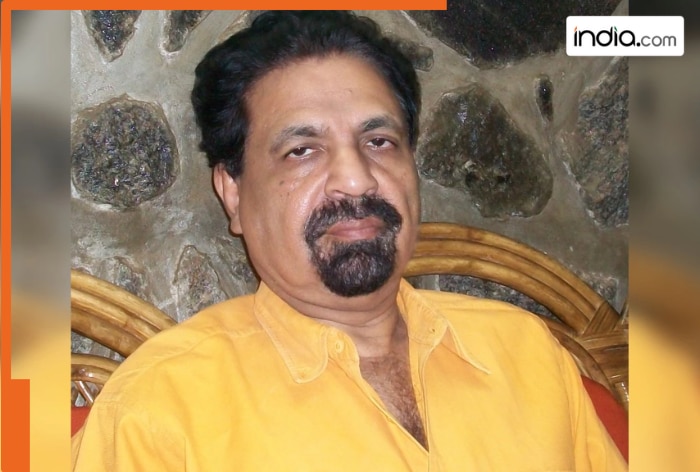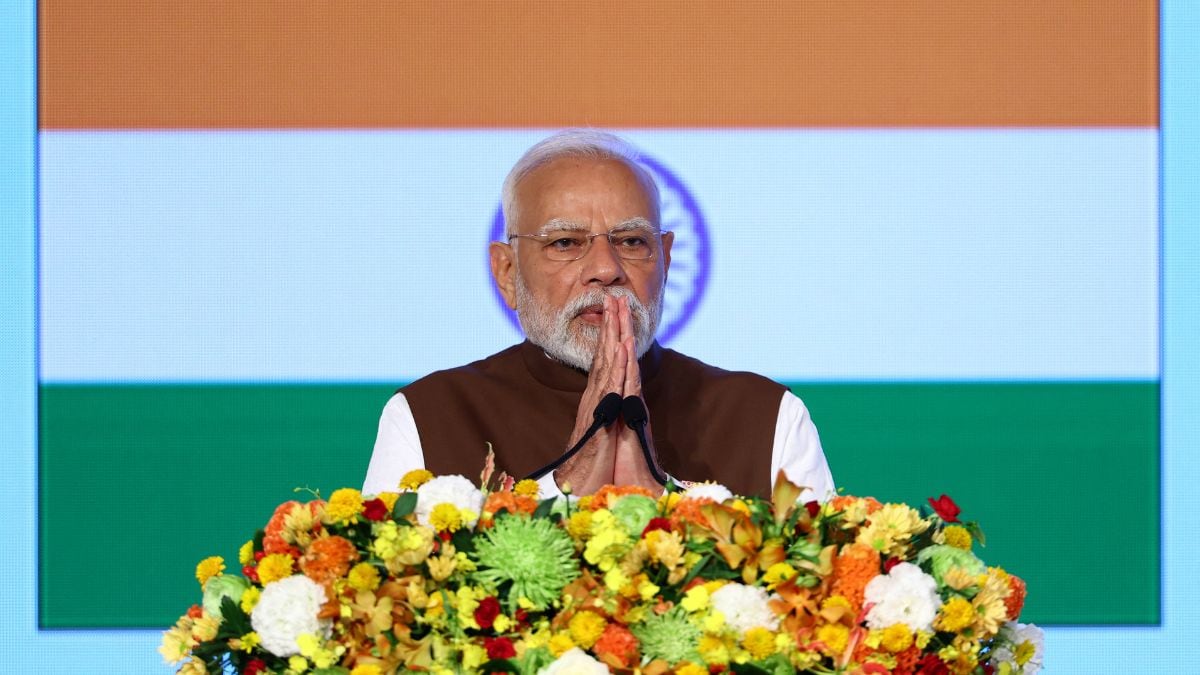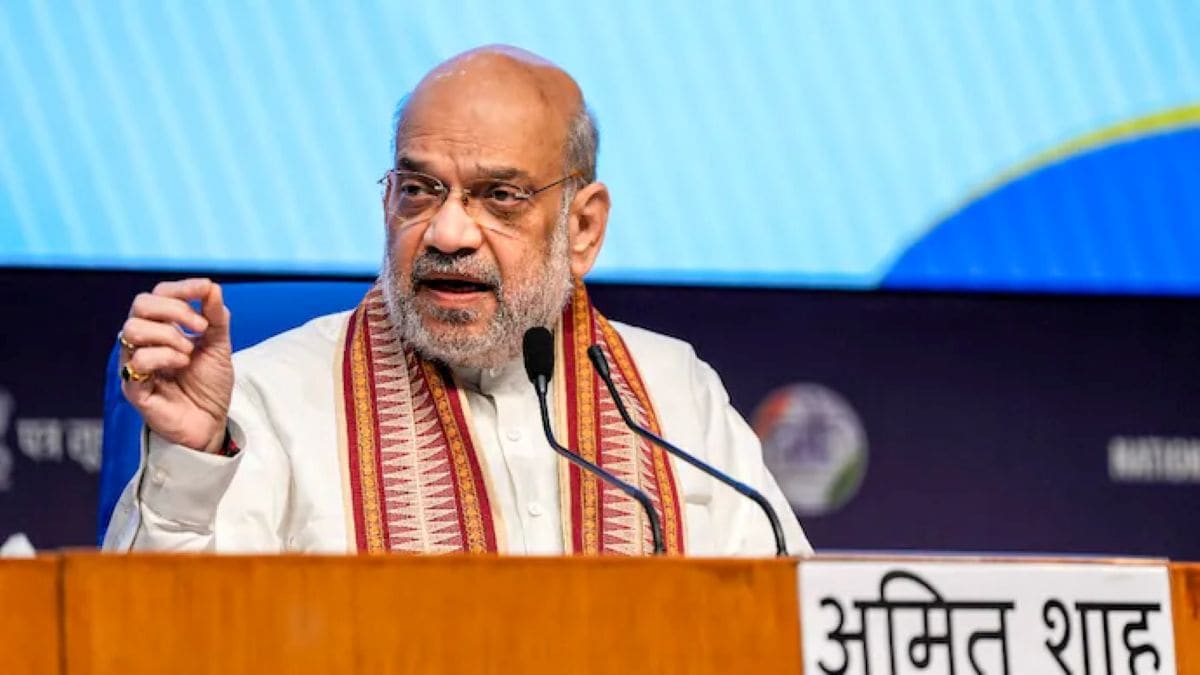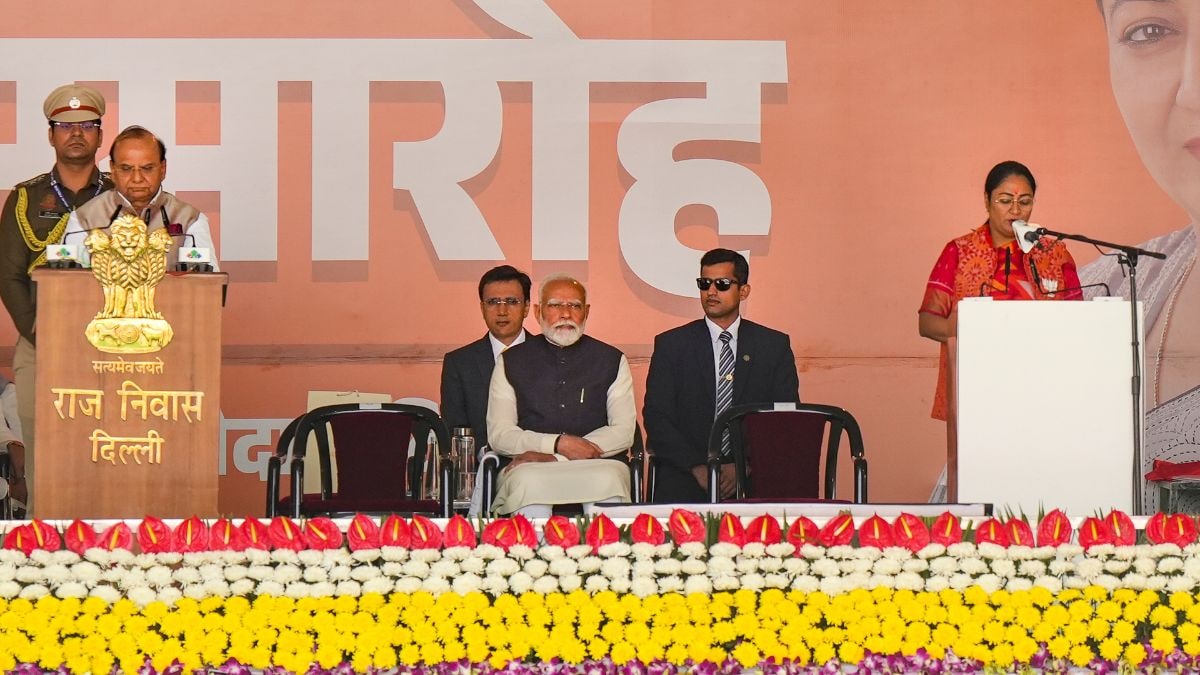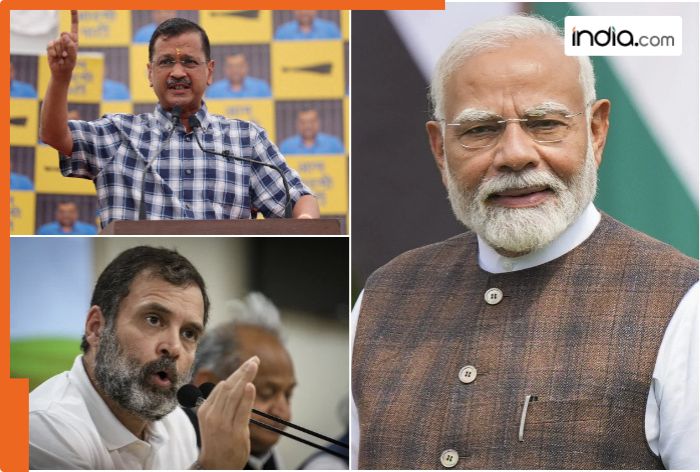Why cloud seeding trials fail to bring artificial rain in Delhi? IIT Kanpur director explains the key reason on what went wrong
Experts believe that while the trials did not trigger heavy rain, they helped clear fine dust particles from the air and could prove useful for reducing pollution in the future when weather conditions are more favorable.

The Delhi government carried out two cloud seeding trials on Tuesday in an effort to create artificial rain and reduce the city’s rising pollution levels. However, both trials, conducted from Kanpur and Meerut, failed to produce rain by Tuesday evening. IIT Kanpur Director Manindra Agrawal said the tests were “not completely successful” because the flares fired from the aircraft did not result in rainfall. “We conducted two sorties, one in the afternoon and another later in the evening. Around 14 flares were fired before the aircraft returned to Meerut, but no rain was observed,” he told NDTV.
The operation used a Cessna aircraft equipped with salt-based and silver iodide flares designed to stimulate rain. A similar experiment had also been conducted last week over Burari.
Delhi Minister Manjinder Singh Sirsa confirmed that two trials were held on Tuesday, the third overall covering outer parts of the capital, including Khekra, Burari, North Karol Bagh, and Mayur Vihar.
He said eight flares, each weighing between 2 and 2.5 kilograms, were used in the trials, calling the effort a “historic experiment” despite the lack of rain.
Why cloud seeding trails didn’t work in Delhi?
The cloud seeding trials in Delhi did not work mainly because the moisture levels in the atmosphere were too low, according to a government report. The India(BHARAT) Meteorological Department (IMD) had predicted that the humidity was only around 10–15 per cent, which is far below the ideal level needed for cloud seeding to produce rain.
IIT Kanpur Director Manindra Agrawal said that although there was some cloud cover over Delhi, the clouds did not contain enough moisture to trigger rainfall.
“The clouds today had only about 15–20 per cent moisture content, so the chances of rain were very low,” he told NDTV.
Agrawal added that the next round of trials is expected to take place on Wednesday, expressing hope that the team has gained valuable experience from the earlier attempts. “This trial has given our team more confidence to continue the process. We will try again tomorrow,” he said.
How cloud seeding helped lower air pollution levels
The Delhi government’s report on Tuesday said that cloud seeding helped lower air pollution levels in some parts of the city, even though it did not cause significant rainfall.
According to the report, small amounts of rain were recorded in Noida (0.1 mm) and Greater Noida (0.2 mm) after the trials. These brief showers, along with the process of cloud seeding itself, helped reduce harmful air particles in the atmosphere.
Before the trial, the PM2.5 levels, a major pollutant, were 221 in Mayur Vihar, 230 in Karol Bagh, and 229 in Burari. After the seeding, they dropped to 207, 206, and 203 respectively. Similarly, PM10 levels went down from 207–209 to around 163–177 in the same areas.
Experts believe that while the trials did not trigger heavy rain, they helped clear fine dust particles from the air and could prove useful for reducing pollution in the future when weather conditions are more favorable.
What's Your Reaction?












